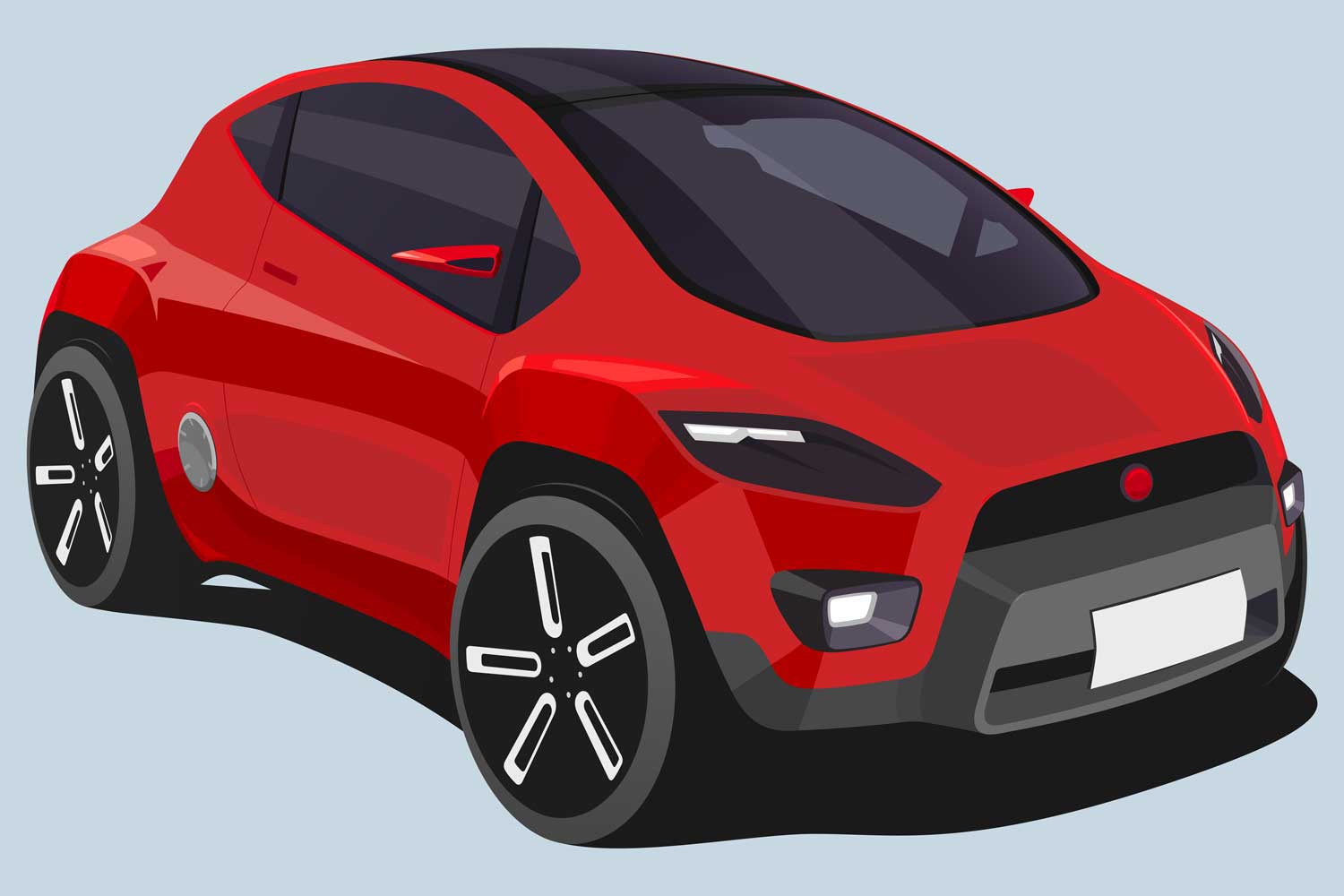Vinyl-Wrap License Plates: What You Need to Know, and Are They Legal?
Printed vinyl plates offer a semi-permanent alternative that won’t damage bumpers.
 Capital One
Capital One
Since the earliest days of the automobile, metal license plates have been one of the most consistent features required by state governments for licensing, taxing and identification.
A new alternative, using the same vinyl-wrap material found on custom automotive wrap jobs, is now offering a more weather- and theft-proof alternative for drivers while possibly saving states money.
How Do Vinyl-Wrap License Plates Work?
License Plate Wrap, a California company, partnered with the California Department of Motor Vehicles to help create front-bumper, vinyl-wrap plates. They were tested by the California Highway Patrol on its own vehicles in 2015, and were approved in 2018 as a legal alternative for California drivers. They’re only available through that company, and require DMV approval to be ordered; you can’t just print and apply your own plates.
The Tesla community has been a big advocate for the vinyl-wrap license plate option as its cars feature heavily sculpted, aerodynamic bumpers, and owners would rather not have to drill holes and mount a frame for a traditional metal license plate.
There’s also Florida-based Adhesive Replica, which creates vinyl replicas to restore damaged metal plates in states without front license plate requirements. It provides replacements of state-issued plates, made from durable and UV-resistant vinyl-wrap materials.
What Are The Advantages Of A Vinyl-Wrap License Plate?
Unlike metal license plates, which can be damaged, can fall off in a crash or be unscrewed and stolen from your vehicle, vinyl-wrap plates are stickers which are directly applied to your bumper.
Vinyl-wrap license plates do not permanently become part of your car or damage the body; they come off with hot water. However, they can't be reapplied, which helps to thwart plate thieves.
Are Vinyl-Wrap License Plates Legal In My State?
As with any emerging automotive technology, the rules and regulations regarding vinyl-wrap plates are evolving more slowly than innovations, with states closely watching California's experiment.
California was the first to approve the vinyl wrap plates as part of a pilot program in 2019 to reduce the costs of manufacturing metal license plates. It’s a small-scale program with only 5,000 or so plates issued so far, but the state senate voted to extend the program to 2023. In the U.S., 31 states require some sort of front license plate — even cars designed without a place to mount front license plates have some sort of solution for customers. Driving without proper plates in place means risking fines from the tens to hundreds of dollars. You should check the current laws and regulations in your state before proceeding with a vinyl-wrap license plate.
Written by humans.
Edited by humans.
 Andy Stonehouse
Andy StonehouseAndy Stonehouse literally fell into the world of auto writing while working as a ski-town journalist, and has not looked back since. A childhood spent dealing with the eccentricities of a 1976 MG Midget has made any subsequent auto experience a more safe and reliable drive. He has been blessed with nearby mountain trails and snowy roads in Colorado to do TV-adventure-styled test drives on a weekly basis.
Related articles
View more related articles